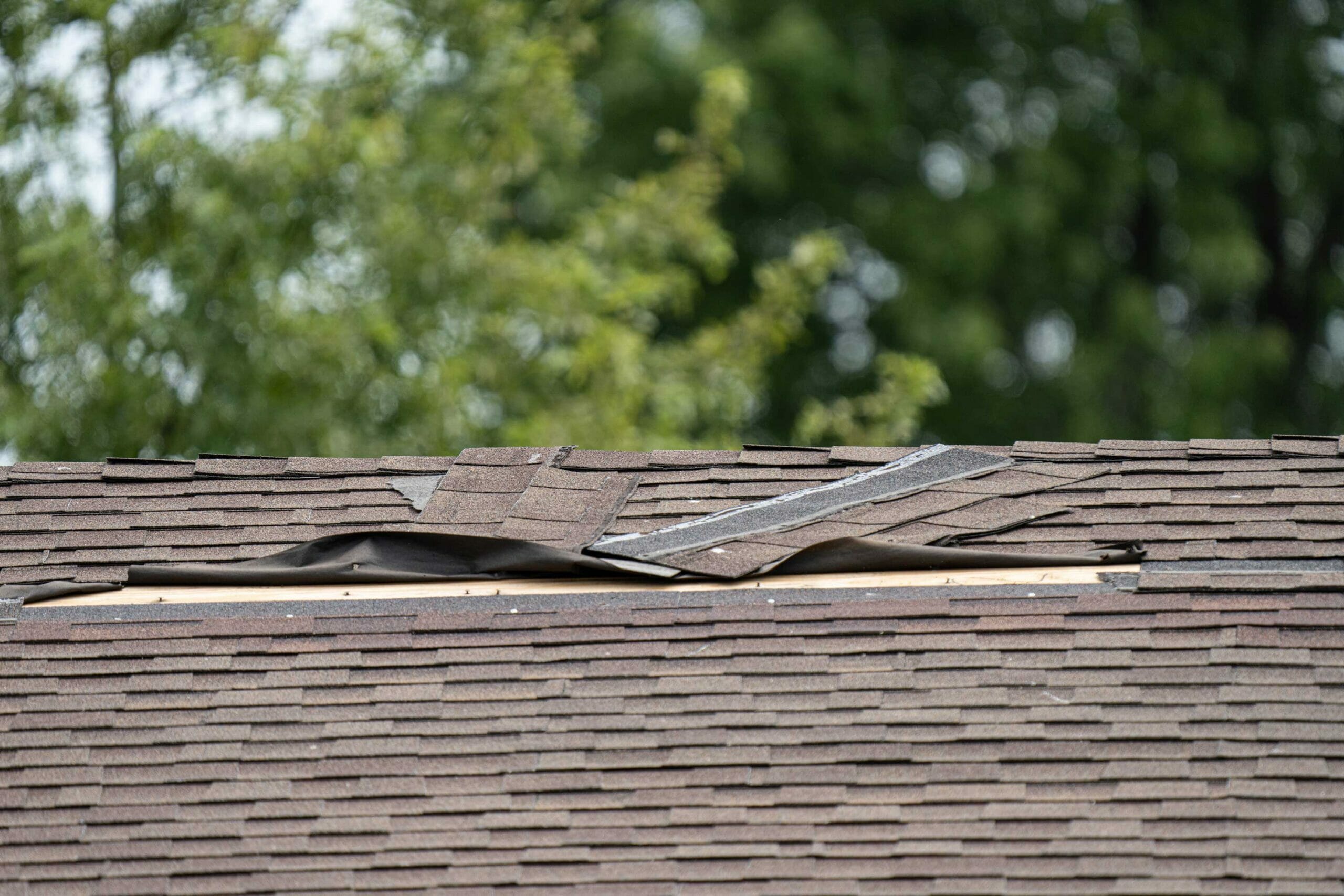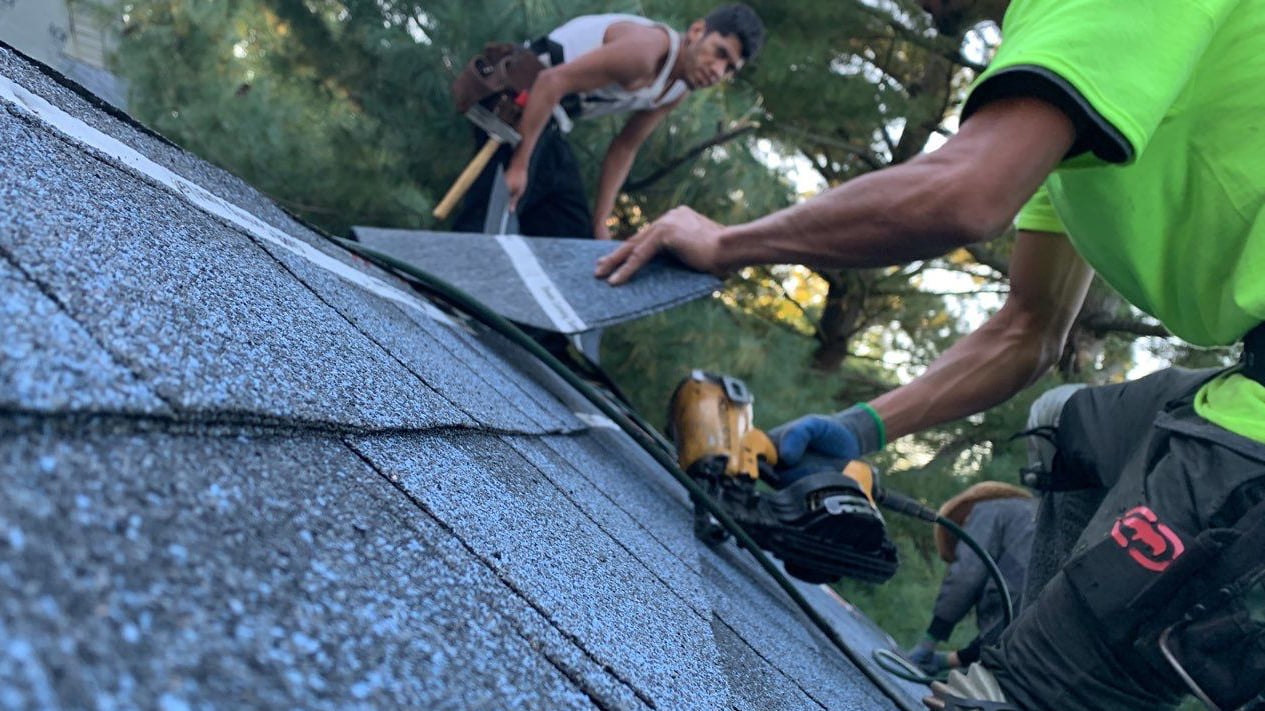Fear not, citizens of Rockford! Captain Rooftop, guardian against the forces of nature, stands ready to protect our city from the fury of Mother Nature herself. Rockford, Illinois, often battles the elements, facing fierce thunderstorms and occasional hailstorms. These severe weather events can be relentless, especially for our homes. Roofs, the guardians of our sanctuaries, are often left vulnerable, even though they are designed to withstand the storm.
Roofs, like shields, bear the brunt of the battle, but even the mightiest can suffer damage that eludes the naked eye. It is imperative, dear Rockfordians, for you to be proactive in inspecting your roofs after the storm's onslaught. In this chronicle, we shall explore three common signals of roof distress and unveil the urgency of dealing with them promptly.
Roof Storm Damage:
Shingle Issues
Shingles act as the primary defense against the elements, especially during severe weather. After a storm, examine your shingles for these signs of damage:
- Missing Shingles: High winds can lift and dislodge shingles, leaving gaps or entirely bare spots.
- Cracked or Curling Shingles: Hail and harsh sunlight can make shingles brittle, causing cracks. Prolonged exposure to moisture can lead to curling.
- Granule Loss: Excessive granules in gutters indicate wear, making shingles susceptible to damage from UV rays.
Shingle damage compromises your roof's ability to keep water out. Immediate attention is crucial to prevent leaks and further harm.
Interior Water Stains and Damage
Water stains on ceilings or walls signal a roofing problem. Post-severe weather, inspect your home's interior for signs of water infiltration:
- Ceiling Stains: Discolored patches or water rings on ceilings are indicative of roof leaks, often accompanied by peeling paint or bubbling drywall.
- Dampness or Mold: Check upper-level rooms for dampness, moisture, or mold growth, revealing ongoing roof leaks.
- Water Dripping: Dripping or pooling water inside the home signifies a roof leak demanding immediate repair.
Timely addressing of interior damage prevents further deterioration of the home’s structure and maintains a healthy living space.
Compromised Flashing and Vents
Severe weather can damage flashing, the material sealing joints and seams on your roof. Pay close attention to these areas:
- Chimney Flashing: Loose or damaged flashing around the chimney base allows water entry.
- Vent Flashing: Inspect flashing around roof vents, plumbing vents, and exhaust fans, as damaged flashing can cause leaks.
- Roof Valleys: Roof valley areas, where two slopes meet, are prone to leaks if flashing is compromised.
Additionally, assess the condition of roof vents, which storms can dislodge or damage, making them potential entry points for water.
Regular roof maintenance and professional inspections, such as those provided by experts like Total Exteriors LLC, are crucial. Ignoring damaged flashing and vents can lead to expensive water damage and structural problems later on.
In conclusion, dear Rockfordians, heed Captain Rooftop's call! Vigilantly inspect your roofs after the storm's fury. Swift detection of roof afflictions thwarts water infiltration, preserving your stronghold and sparing you from costly repairs. Should you suspect damage or find uncertainty clouding your judgment, fear not to summon a trusted roofing professional in Rockford, like Total Exteriors LLC. Protecting your roof is not just defending your home; it is safeguarding your peace of mind, and that, my friends, is a true heroic feat!




